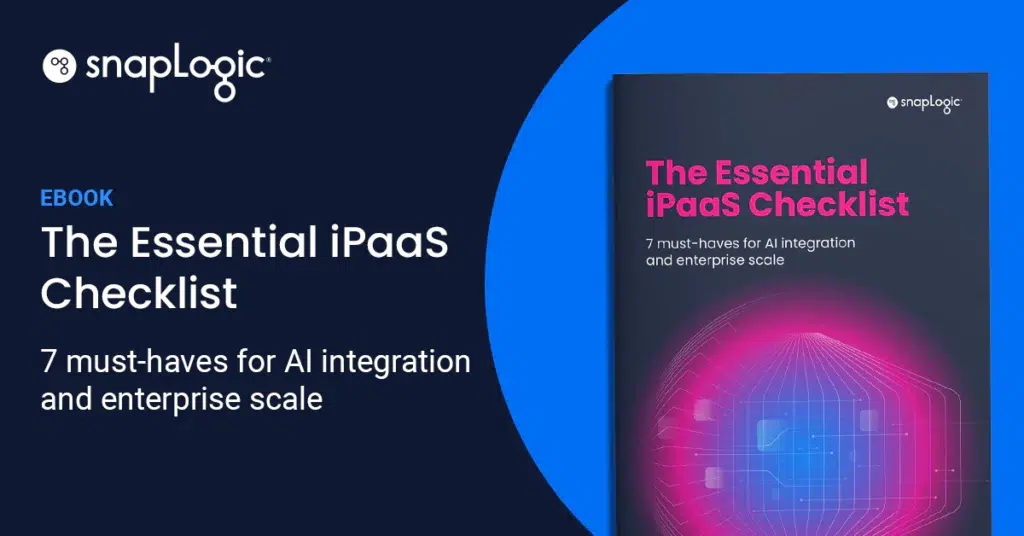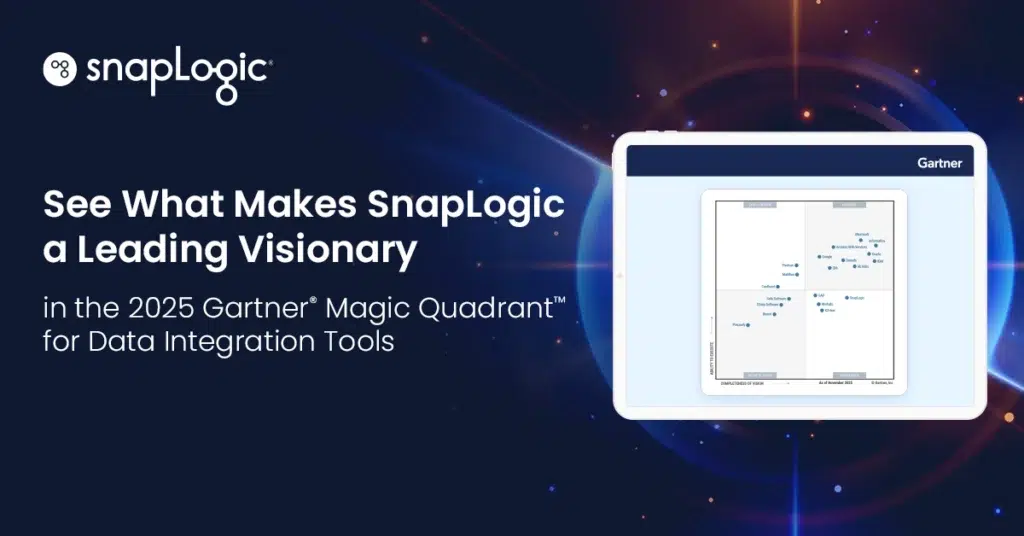What is a data asset?
A data warehouse contains select, high-value data, or data assets, that help inform business decisions, strategy, and insights. Data can be extracted and prioritized from any number of external or internal sources. An example of an internal source is an application and its related metrics. An external source could be public domain derived information, such as industry reports.
Determining what is a valuable data asset and what is not is a complex process. Increasingly it is aided by automated programs and processes to sort through terabytes of big data.
In addition to sorting and prioritizing data generally, incoming data can be categorized according to its utility.
Three main categories overarch data sets according to their usefulness: application and business integration; business management; and monitoring. A body of data is a comprehensive asset. Any single datum has value in relation to another datum or data. In other words, it is not just the data points themselves that are valuable. Reporting, analytics, insights, and value gained from people having access to data are all part of the overall value.
Data as a core business asset has impacted business organization. Data-driven departments and roles, like the Chief Data Officer (CDO), have dedicated teams to the management and analysis of data. Managing, storing, and assuring proper security and access to data are essential business challenges. Programs that help handle the overabundance of information that comes with big data are increasingly developed as application based and SaaS-based solutions.








